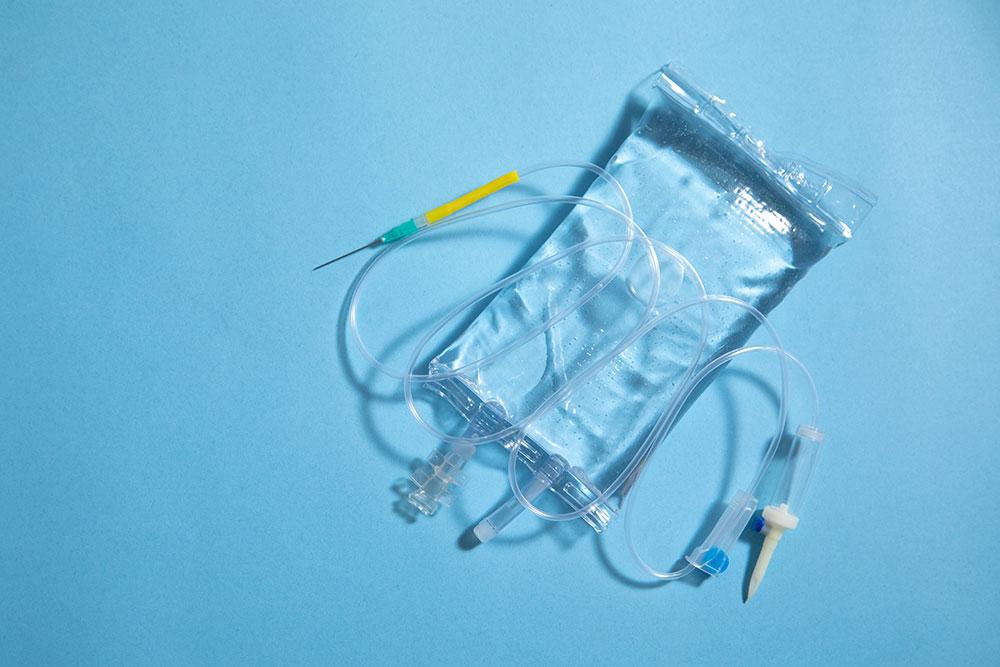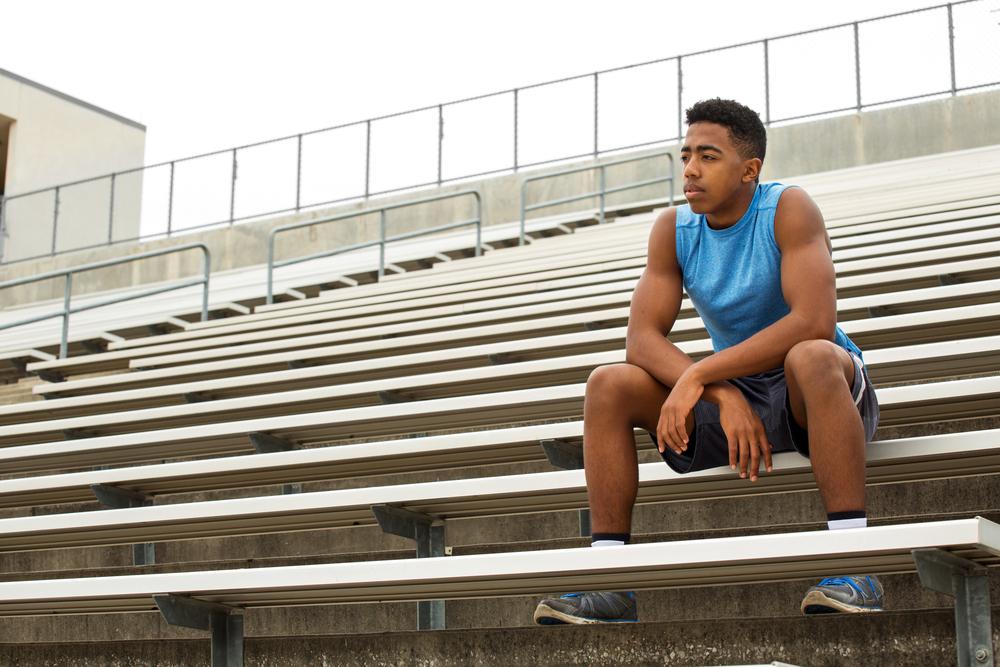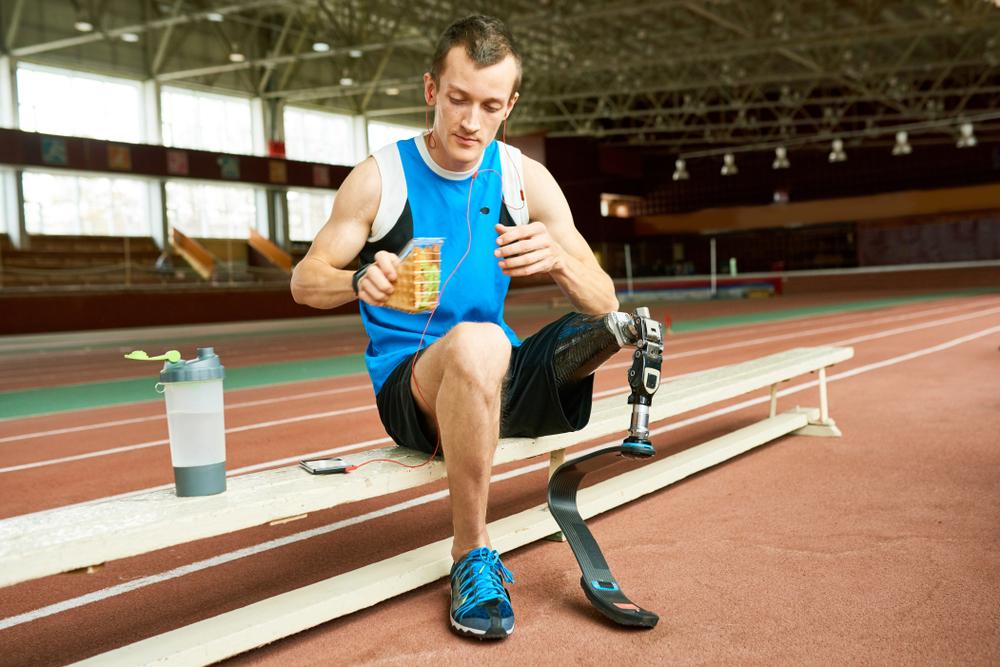 Content Warning: This article contains mentions of suicide.
Content Warning: This article contains mentions of suicide.
There’s no question that the pressure in youth sports has become increasingly high over the years. The money and time dedicated to exclusive camps, extended travel, and elite club teams have reached epic proportions in the quest for stardom, scholarships, and status. Even in youth sports, there are also many examples of success or self-worth being sought through darker means, including the use of performance-enhancing drugs (PEDs) like human growth hormone (hGH) and testosterone.
When it comes to how success is achieved, there’s also no question that young athletes are very much influenced by those around them. In addition to parents, athletes are often influenced by coaches, trainers, medical support personnel, professional sports idols, and their peers.
Young athletes exposed to the win-at-all-costs attitudes of others are susceptible to adopting the behaviors that go along with that climate, and in some cases, may even be directed to abuse substances. These substances can enhance performance and violate the rules of sport, but more importantly, they can lead to devastating physical and mental effects.
As parents, it’s important to evaluate the influencers in your athlete’s life and be aware of substance abuse warning signs. Here are three red flag phrases that might indicate your athlete is in a risky situation or facing pressure to dope.
“Everyone does it.”
The phrase “everyone does it” has been used to justify doping for decades at all levels of sport, from high schools to the Tour de France. This reasoning can result from exposure to PED abuse by peers, as well as the many examples of professional athletes who’ve found success through shortcuts.
Unfortunately, the life-threatening impact of this mentality is evidenced by the story of Taylor Hooten, one of the most well-known examples of a student athlete whose quest for success through steroid use led to the worst possible outcomes, including physical effects like back acne and rapid muscle growth, as well as mental effects like depression and aggression, and finally, suicide.
Taylor sourced the steroids from a local gym, and even in 2003, before widespread internet use made substances even more accessible, Taylor’s close friend Billy Ajello told the New York Times that steroid use was “extremely widespread” at the boys’ high school before Taylor’s death.
In addition to the “everyone does it” mentality among peers, Ajello believed that students construed mixed messages from coaches. ”Coaches don’t come out and say, ‘Take steroids,’ ” Ajello told the New York Times. ”Freshman, sophomore, junior year, they tell you you’re too small. A kid thinks high school sports are everything: ‘I have to take it to the next level to get bigger and stronger to play.’”
He also noted, “I think the coaches know and almost kind of turn their heads. I think if they knew for sure, certain coaches would pull a kid aside and say, ‘What are you doing?’ I think other coaches would turn their heads, and even if they knew wouldn’t say anything to a kid.”
As the TrueSport Report further confirms through national research and data, “High school and college coaches who turn the other way on bad or delinquent behavior (e.g., drinking, violence off and on the field) are sending a strong signal that such behavior is acceptable.”
“It’s for their health or benefit.”
In some cases, the pressure to dope may be more forceful and come directly from a person of influence in an athlete’s life. If an authority figure – whether it be a coach, medical professional, or parent – encourages an athlete to dope, it’s extremely unlikely that the athlete will be able to resist or even realize that they are doing anything wrong because their sense of security and understanding of right and wrong is frequently dependent upon the adults around them.
These trusted authority figures may also attempt to justify the behavior by insisting that a pill or treatment is necessary to protect the athlete’s health, is required for inclusion in a training group, or is the only way to achieve success. An authority figure may also insist that an athlete hide their use from friends, family, and other adults because they wouldn’t understand, which can alienate the athlete from positive influencers while further uniting the athlete with a negative influencer.
There are many examples of authority figures directly facilitating doping behaviors by young athletes, but one of the most egregious may be the case of Corey Gahan, whose own father, a trainer, and an alleged medical provider arranged for him to receive increasingly risky injections to improve his in-line skating performance . It started with b-12 vitamin injections when he was 12 and quickly escalated to testosterone and hGH injections.
“Both his father and his trainer, Corey says, assured him that the shots were for the best,” according to a Sports Illustrated article. “The prick of the needle was accompanied by a pinch of guilt; it felt, as Corey puts it, ‘like I was doing something wrong.’ But he believed in his dad, a charismatic and fiercely ambitious former high school wrestler. He also trusted his trainer, a bodybuilder who acted like a big brother. Besides, what did Corey know about the substances being injected into his body? ‘Testosterone cypionate, it’s just a word,’ he says. ‘It doesn’t have a meaning. At least not when you’re 13.’”
By 16, Corey was breaking records at top competitions and testing positive for testosterone and another steroid. While his reinstatement from a two-year ban hinged on acceptance of counseling and a medical evaluation, Corey’s father, trainer, and the false doctor were under investigation and went on to receive jail time for their crimes.
“This case shows the extent to which drugs have infiltrated youth sports,” said U.S. Anti-Doping Agency CEO Travis T. Tygart to Sports Illustrated at the time. “It was hard to punish this kid. Yes, he cheated and unfairly beat other competitors, but he was under his father’s influence. The kid was a victim.”
“Don’t worry, it’s safe.”
Sometimes, there is also risk from trusting an influential person even when that person respects the athlete’s health and wellbeing, as well as the rules of sport. This is especially true in today’s climate of rampant supplement use and radical health trends to support and enhance performance. But with supplements regulated pre-market and wellness clinics offering treatments banned in sport, there are many opportunities for exposure to prohibited and potentially dangerous substances, even when assurances are provided that a product or treatment is safe.
Unfortunately, a recent case involving a young and up-and-coming weightlifter illustrates this risk. Abby Raymond was just 14 years old when a family friend and fitness influencer offered her a protein powder and a pre-workout supplement from his newly formed company. The family friend assured Abby that his company’s products were plant-based, vegan, and made from all-natural ingredients. Excited about the sponsorship opportunity but recognizing the risk that supplements pose, Abby’s father pointed out that she was subject to anti-doping rules, so the products would have to be completely free of prohibited substances. This concern was met with further assurances by the family friend and company owner that the supplements were safe. After just weeks of using the supplements, Abby had an anti-doping test and soon learned that she had tested positive for ostarine, a prohibited anabolic agent that’s not approved for human use or consumption anywhere in the world. Later testing confirmed that the supplements were contaminated, to the family friend’s surprise, but Abby still received a period of ineligibility from sport and devastating damage to her reputation.
___________
Remember, young athletes are vulnerable to the influence of trusted authority figures and their peers, so it’s important to stay alert for signs of a win-at-all-costs environment, including the red flag phrases and situations above. To learn how to support clean and healthy decisions, visit our Clean Sport Lesson.



